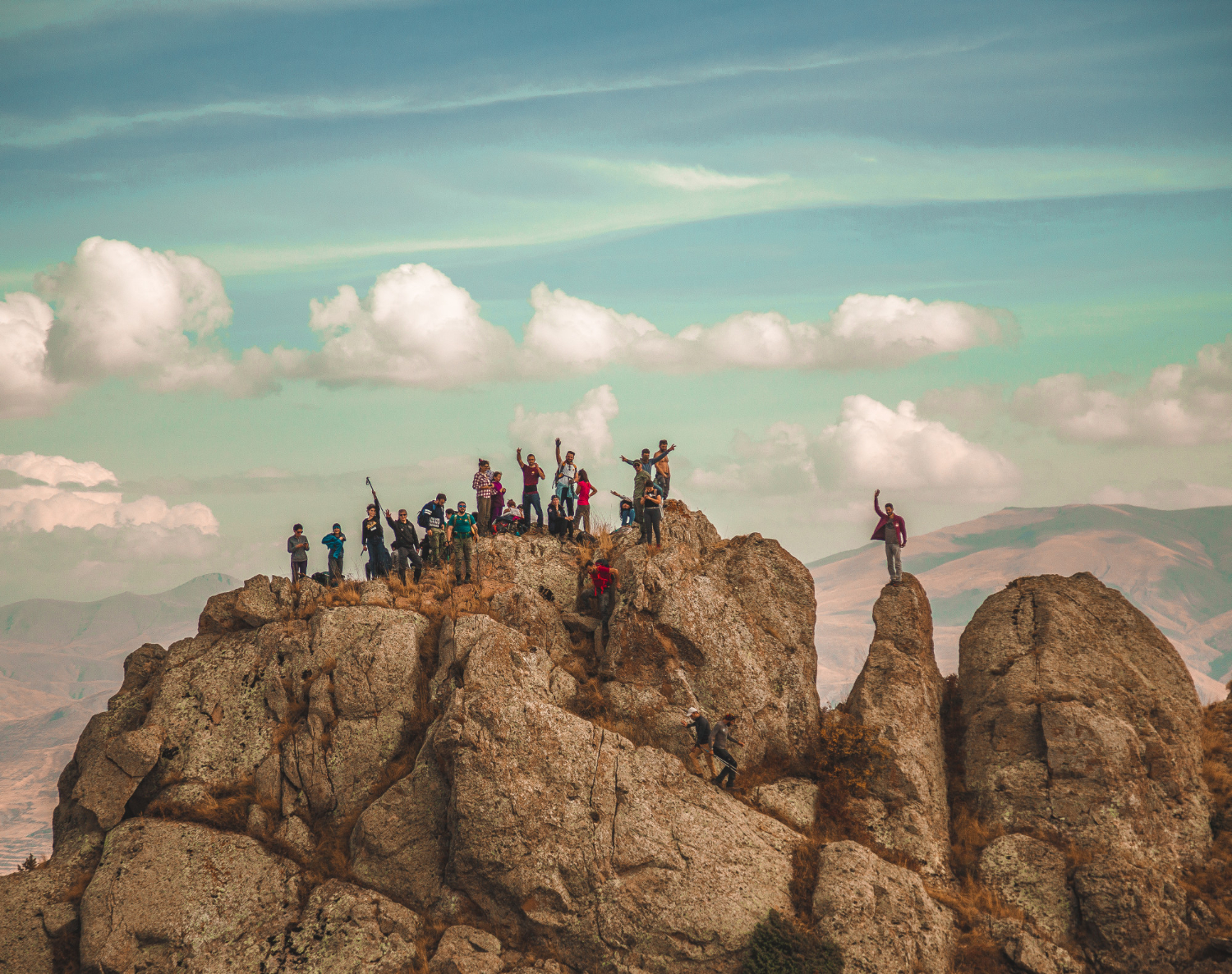Exploring the Hidden Trails: Best Treks in Bhutan for Nature Lovers and Adventure Seekers

Strong 8k brings an ultra-HD IPTV experience to your living room and your pocket.
Nestled in the eastern Himalayas, the Kingdom of Bhutan is often called the "Land of the Thunder Dragon." With its pristine landscapes, rich Buddhist culture, and sustainable approach to tourism, Bhutan offers a truly unique trekking experience. Whether you're a seasoned trekker or a curious adventurer, the country's dramatic mountains, lush forests, and isolated monasteries provide a captivating backdrop for exploration.
In this article, we explore some of the best treks in Bhutan—each one a journey through nature, culture, and spirituality.
1. Druk Path Trek – The Classic Bhutan Trek
Duration: 5–6 days
Difficulty: Moderate
Best Time to Go: March to June and September to November
The Druk Path Trek is ideal for those who want a short yet rewarding trekking experience. It connects the valleys of Paro and Thimphu, offering panoramic views of Mt. Gangkar Puensum (the world's highest unclimbed mountain), alpine lakes, rhododendron forests, and ancient monasteries.
Highlights:
Hike past scenic high-altitude lakes such as Jimilang Tsho and Simkotra Tsho.
Visit the old Jele Dzong fortress.
Camp under star-filled skies with views of the Himalayan peaks.
Perfect for first-timers in Bhutan, this trek combines natural beauty with cultural immersion.
2. Jomolhari trek in bhutan – Bhutan’s Signature Trail
Duration: 7–9 days
Difficulty: Moderate to Challenging
Best Time to Go: April to June and mid-September to November
The Jomolhari Trek is one of Bhutan’s most popular high-altitude treks. It takes you to the base of Mount Jomolhari (7,314m), revered as the "Mountain of the Goddess" by Bhutanese locals.
Highlights:
Stunning views of snow-capped peaks and glaciers.
Encounters with semi-nomadic yak herders.
Diverse ecosystems ranging from lush forests to alpine meadows.
This trek offers a perfect mix of wilderness and cultural encounters, passing through remote villages and sacred sites.
3. Snowman Trek – The Ultimate Adventure
Duration: 25–30 days
Difficulty: Extremely Challenging
Best Time to Go: September to mid-October
Dubbed one of the hardest treks in the world, the Snowman Trek is for the truly adventurous. It traverses the remote Lunana region, crossing over 11 mountain passes—some as high as 5,000 meters—and visiting some of the most isolated settlements in Bhutan.
Highlights:
Trek through some of the most pristine and untouched regions of the Himalayas.
Interact with remote highland communities.
Experience the raw and rugged face of Bhutan.
Due to its extreme altitude and remoteness, this trek requires proper acclimatization and is suitable only for experienced trekkers.
4. Dagala Thousand Lakes Trek – A Hidden Gem
Duration: 5–6 days
Difficulty: Moderate
Best Time to Go: April to June and September to October
The Dagala Trek, also known as the “Thousand Lakes Trek,” is one of Bhutan’s lesser-known routes but incredibly scenic. It offers mesmerizing views of countless glacial lakes scattered across alpine meadows.
Highlights:
Camp near crystal-clear mountain lakes.
Enjoy views of Himalayan giants like Everest, Kanchenjunga, and Jomolhari.
Experience solitude in untouched landscapes.
This trek is a great alternative for those seeking serenity away from crowded routes.
5. Bumthang Cultural Trek – A Spiritual Journey
Duration: 3–4 days
Difficulty: Easy
Best Time to Go: March to May and September to November
More than just a trek, this is a pilgrimage. The Bumthang region is considered the spiritual heartland of Bhutan, home to centuries-old monasteries and sacred temples. This short trek gives travelers insight into Bhutan’s deep-rooted Buddhist traditions.
Highlights:
Visit the ancient Jakar Dzong and Tamshing Lhakhang
Walk through peaceful villages and forests.
Interact with monks and learn about Bhutanese rituals.
Ideal for culture enthusiasts and families, this trek combines mild hiking with rich cultural exposure.
Trekking Tips for Bhutan
Permits: All treks in Bhutan require permits and must be organized through a licensed Bhutanese tour operator as part of a package. Independent trekking is not allowed.
Packing: Good trekking boots, layered clothing, waterproof gear, and sun protection are essential.
Acclimatization: Many treks reach high altitudes; proper acclimatization is crucial to avoid altitude sickness.
Guides and Porters: All treks are accompanied by certified guides, cooks, and porters, ensuring a safe and comfortable experience.
Why Trek in Bhutan?
Unlike many trekking destinations that suffer from over-tourism, Bhutan promotes high-value, low-impact tourism. This ensures:
Unspoiled natural trails.
Respect for local customs and traditions.
Authentic experiences without crowds.
The country’s philosophy of Gross National Happiness (GNH) is not just a slogan—it’s a way of life that resonates through every step of the journey.
Final Thoughts
Trekking in Bhutan is more than just a physical challenge—it's a soulful exploration of nature, heritage, and inner peace. Whether you’re chasing peaks, lakes, or spiritual enlightenment, Bhutan’s treks offer something for every kind of traveler. So lace up your boots, inhale the fresh Himalayan air, and get ready to discover Bhutan on foot—one breathtaking trail at a time.
Note: IndiBlogHub features both user-submitted and editorial content. We do not verify third-party contributions. Read our Disclaimer and Privacy Policyfor details.




